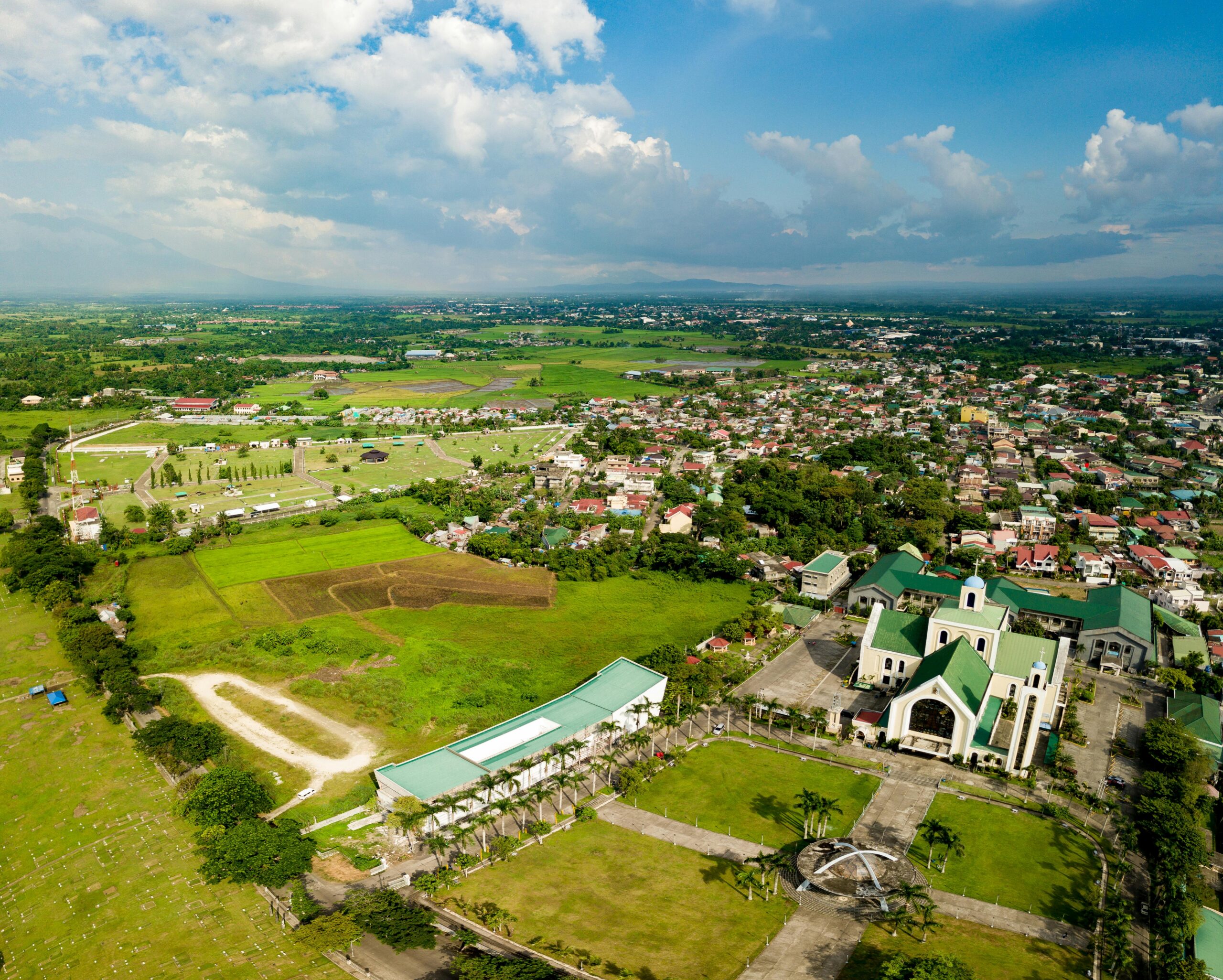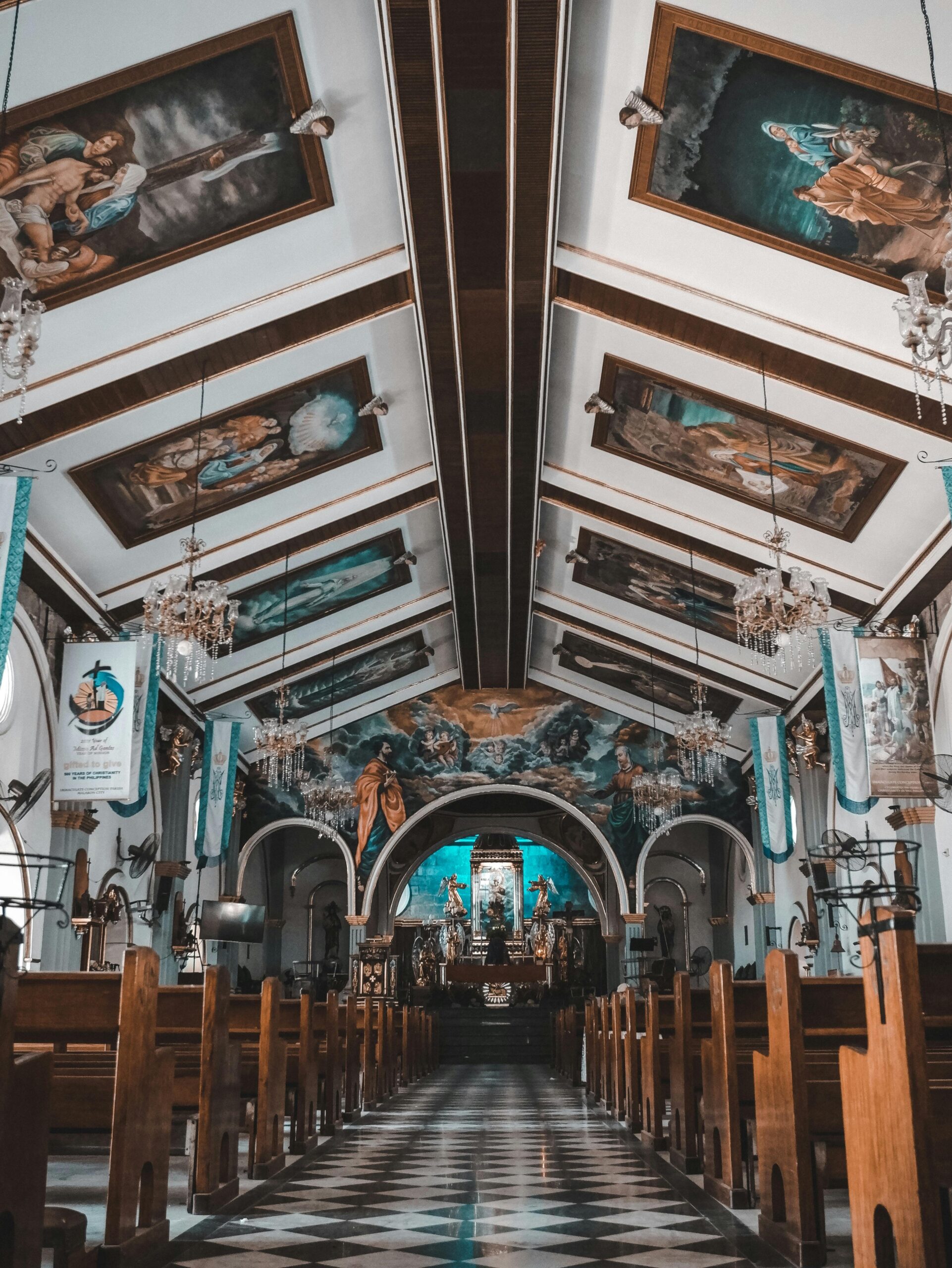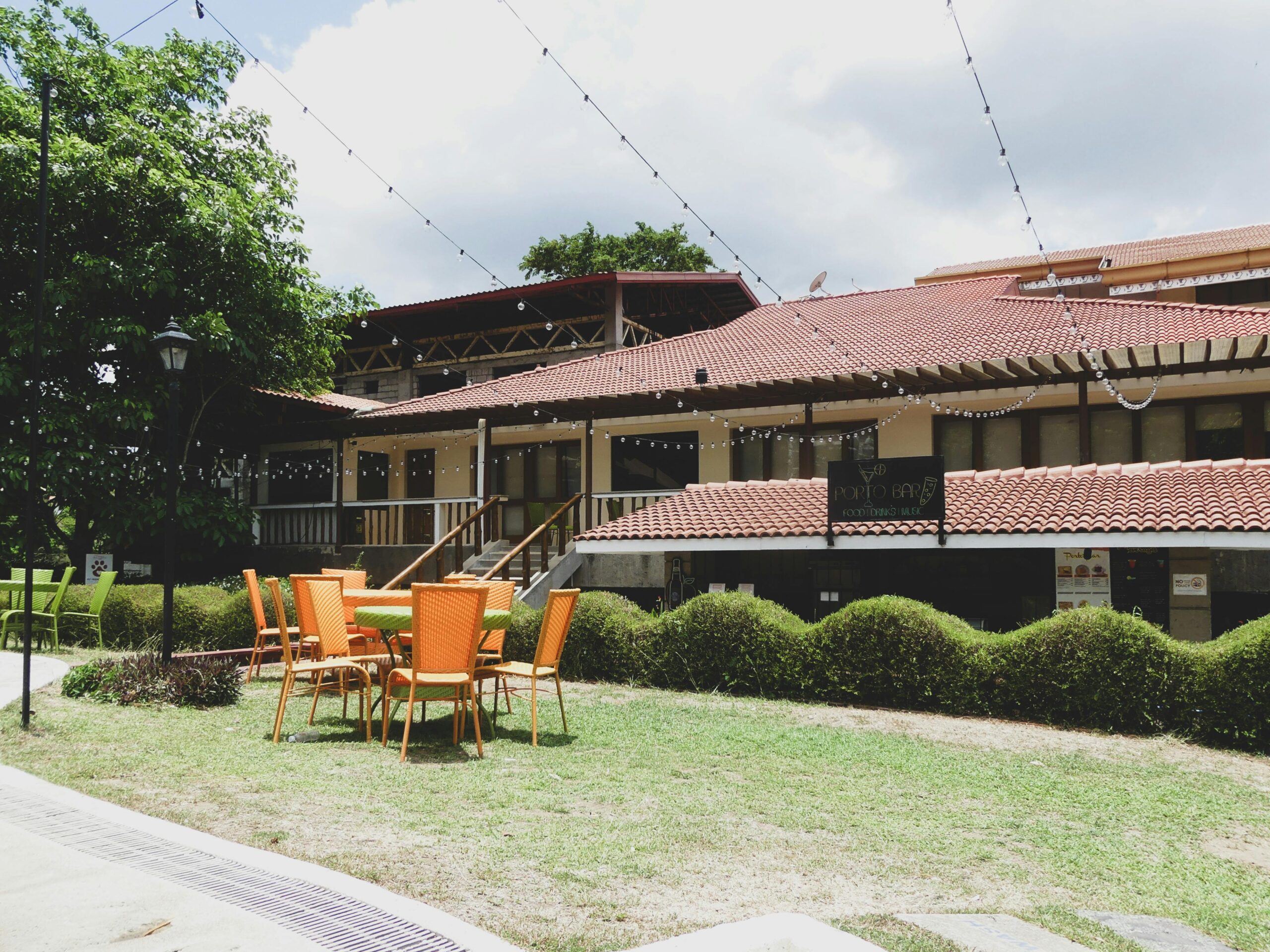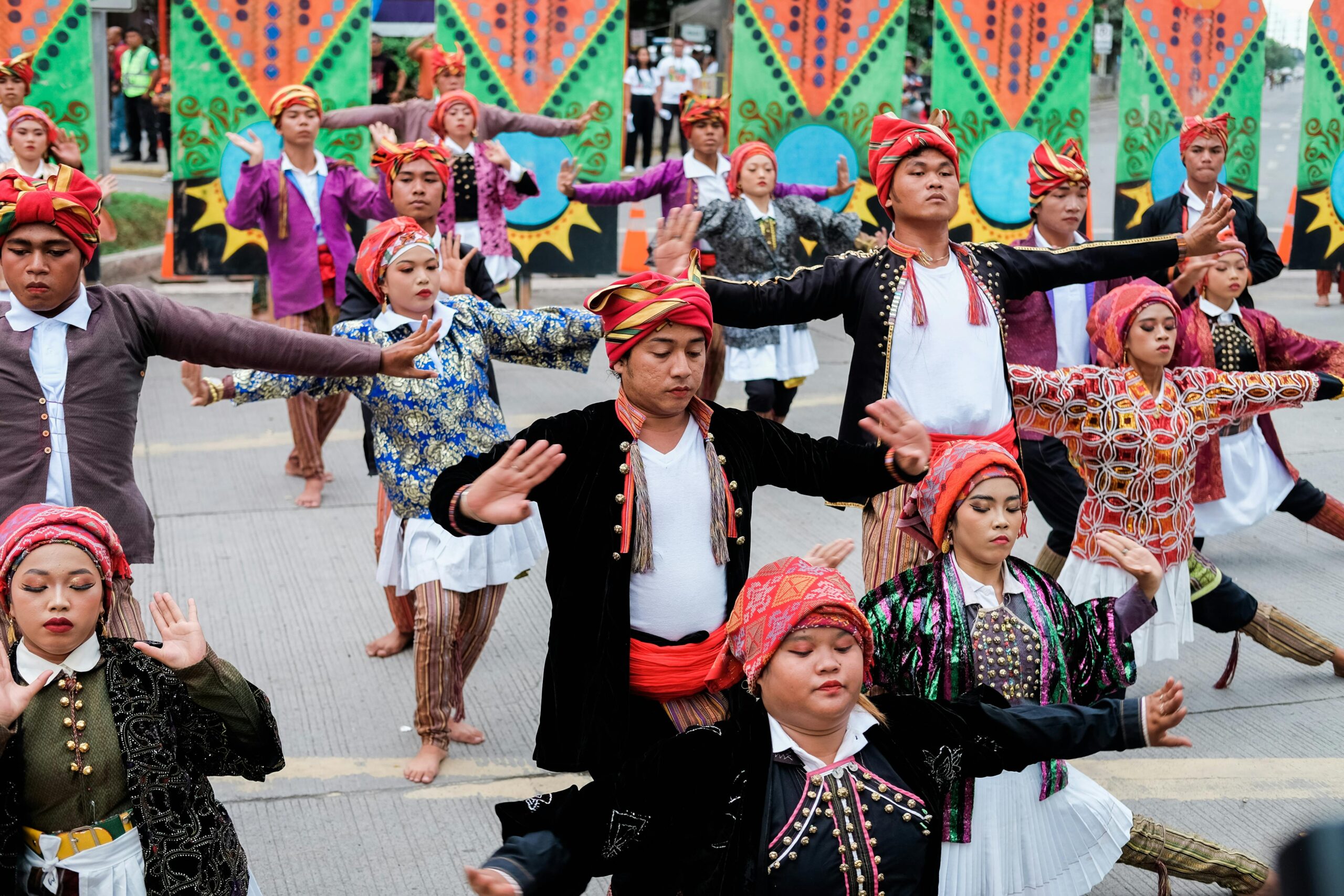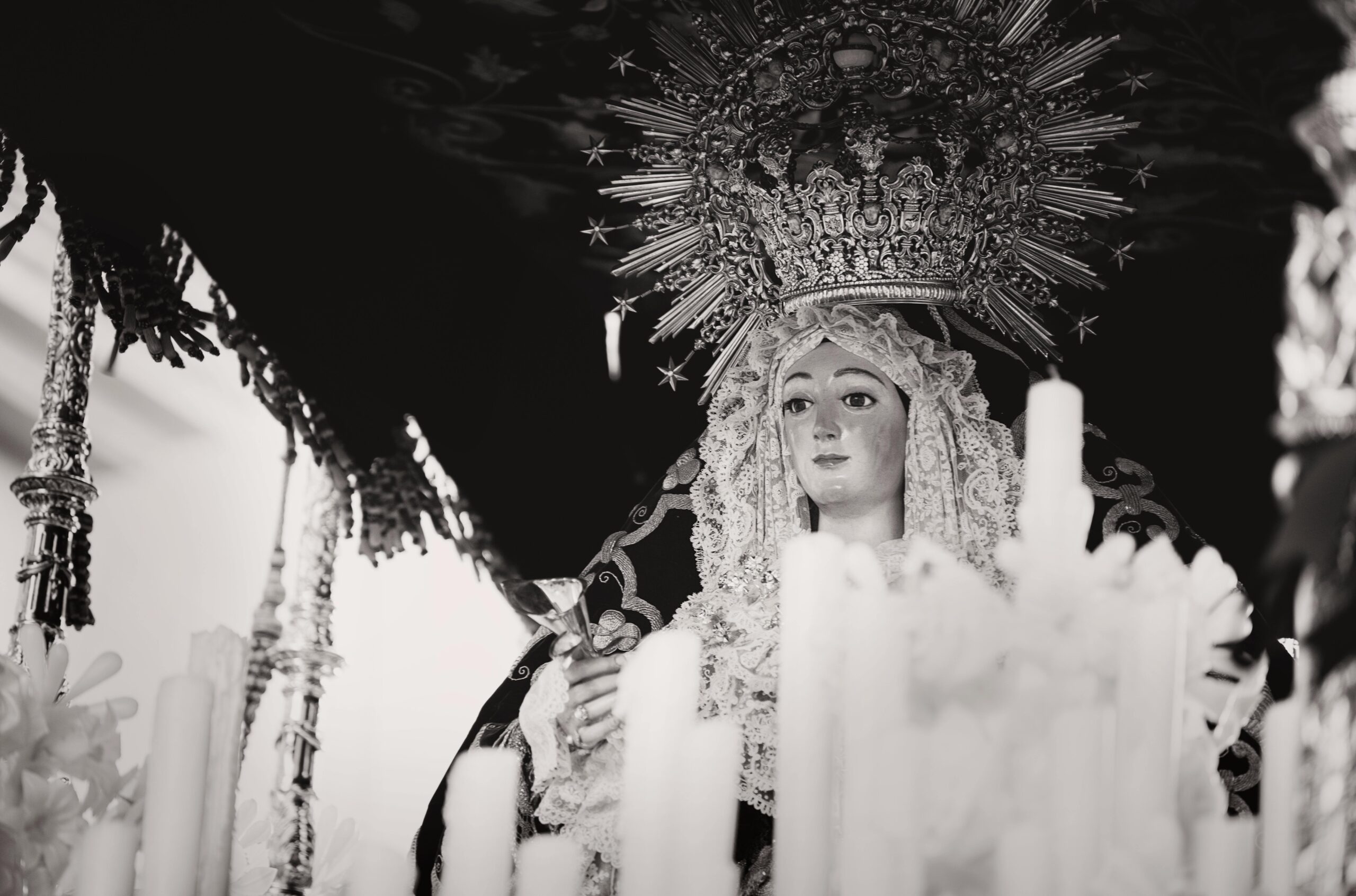Naga City Charter Day marks the city’s official establishment as a municipality. Yes, that is a thing. No, it is not just an excuse for a program at City Hall. Well, okay, sometimes it is that too.
Let’s back up. Naga became a chartered city in 1948, thanks to Republic Act No. 305, which may sound dry on paper but was a significant development at the time. It meant more autonomy, more resources, and of course, a lot more paperwork. But also, it gave Naga its official city status — and with that came the right to run itself a little more like, well, a city.
Now, if you’re expecting parades and fireworks, you may want to adjust those expectations. Naga keeps it relatively modest. There is usually a flag-raising ceremony, followed by a couple of official speeches, and perhaps some recognition of local heroes or community workers. Occasionally, there are student performances or themed contests. The kind of content that makes it to the local government’s Facebook page, garnering thirty shares and at least one proud parent in the comments.
But underneath the formalities, it is really about identity. Naga has been doing its own thing for a while now. It is known as a centre for faith, education, and culture in the Bicol Region. People call it Pilgrim City. Others know it for the Penafrancia Festival. But Charter Day? That is more internal. That is for the folks who live there and know how far the place has come.
[Photo by Roderick Salatan]
